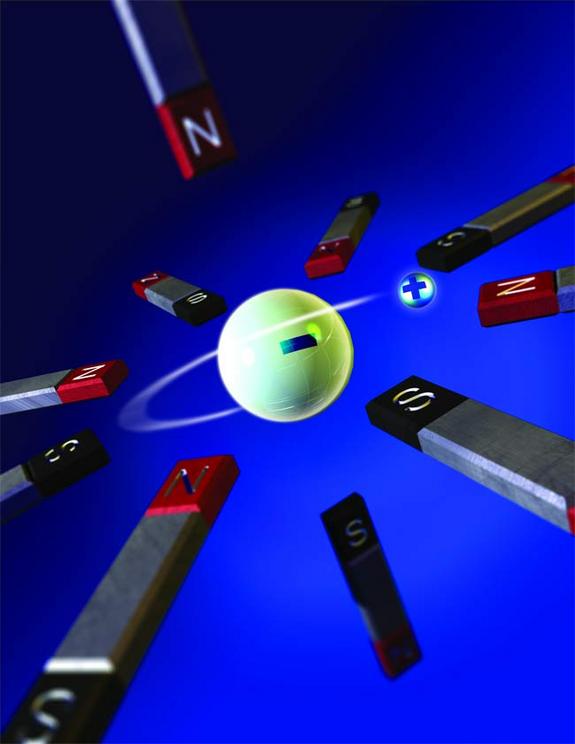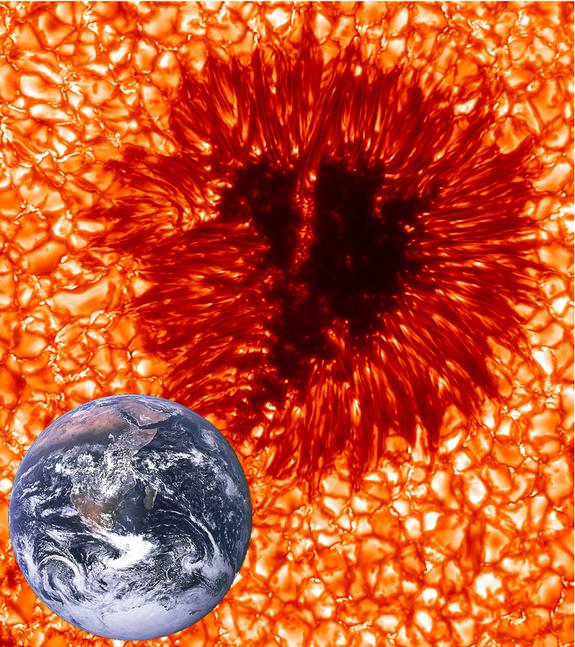
© Australian Geographic TV / YoutubeFilm still from footage of shark expert Valerie Taylor hand-feeding a great white.
Circling the Web this week is an incredible video showing Valerie Taylor, a world-renowned shark expert, hand-feeding a great white shark off the side of a boat. After placing a fish into the fearsome creature's mouth, she even leans down and pats it on the nose.
"I think the shark and I had an understanding," Taylor says in a voiceover of the footage, which aired in a TV documentary called
Shadow of the Shark. "This one, I had a feeling for."
Great white sharks, according to Yannis Papastamatiou, a research biologist in the Florida Program for Shark Research at the Florida Museum of Natural History, are intelligent and good learners. Despite the great white's reputation as a vicious hunter, like many wild animals, with enough practice and patience (and fish), researchers can condition them to take handouts from research vessels. It isn't unheard of, Papastamatiou said, for researchers to hand-feed them.
In the video, Taylor does just that, first coaxing the shark progressively closer to the boat using line baited with fish before finally feeding the shark by hand.
While this footage might be hair-raising to most of us, it's all in a day's work for Taylor, who, along with husband Ron, has worked
in close quarters with great white sharks for decades. She even once swam among great whites with tuna filets stuffed in her chainmail diving suit just to learn more about the way they bite and feed.





Comment: While 'gas flows' may help astronomers make sense of the forces within a singular sunspot, there is still a lot to be learned from these sunspots and why they occur in the cycles that they do.
For another perspective on this topic see:
Planetary Alignments and the Solar Capacitor - Things are heatin' up!